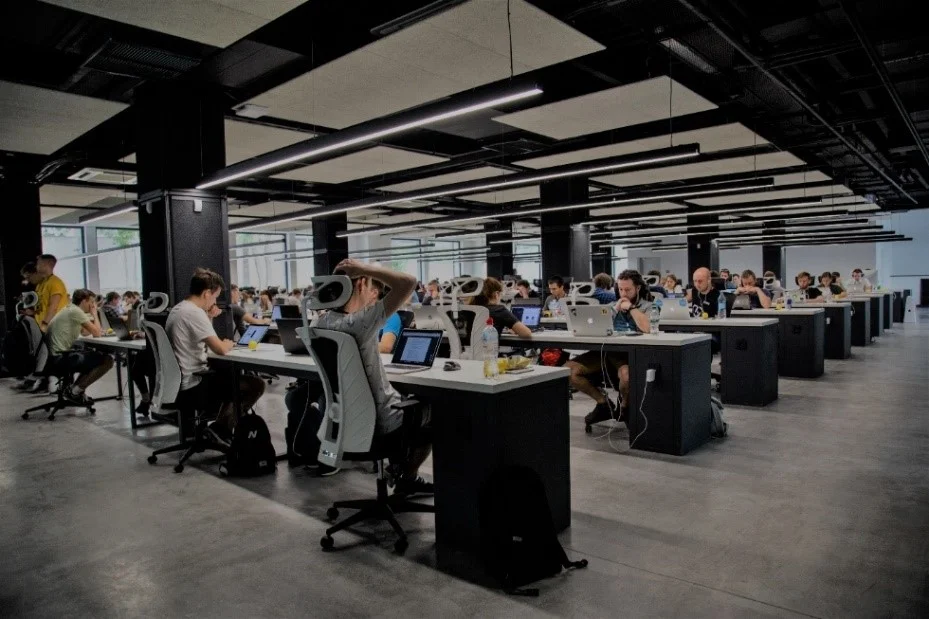A recently published paper describing the results of an academic study by Ethan S. Bernstein and Stephen Turban[1], both of Harvard, has become another unwarranted casualty of the debate within our industry and in the mainstream media on ‘open plan’ offices versus anything else. The researchers conducted two controlled studies in different organisations before and after a workplace refurbishment from dedicated cubicles to dedicated open plan (benching) neighbourhoods, and concluded that face to face interaction reduced significantly, while email and other digital communications increased in the new environment.
It’s not hard to guess what happened when workplace commentators got their hands on these findings, right?
“Here’s the final nail in the coffin of open plan offices”
“Open-plan offices are making us less social”
“Open plan offices don’t live up to the hype – in fact, the idea that they promote interaction is dead wrong.”
“A recent Harvard University study has proven what anyone who has ever worked in an open-plan office already knows to be true: they’re terrible!”
“If you’ve long felt open-plan offices were a collaboration killer, a new Harvard study proves you were right all along.”
(sources withheld to protect the guilty.)
We all know this is the wrong debate, right?
Setting aside the fact that ‘open office’ is a very broad term that encompasses a hugely diverse range of workplace designs, like many things in life when done excessively it can be bad for you, but used in moderation in the right context for the right purpose, ‘open plan’ has a place in the workplace toolkit.
So why is it so tempting to get caught up in the ‘open plan is evil’ debate, rather than reviewing the facts of the research and applying these rationally to advance the understanding and (one hopes!), the quality of decisions about work environments?
Fake news vs the facts
I took the time to locate and read the original research paper titled “The impact of the ‘open’ workspace on human collaboration” by Bernstein & Turban. Yes, it’s an academic paper so it’s structured in a particular way that’s a bit like reading Shakespeare after a diet of Facebook, but the effort is worth it if you’re serious about separating ‘fake news’ from the facts.
After reading the paper, I felt compelled to put the research findings into context and to consider how the results contribute to our understanding of the influence of open environments on behaviour.

